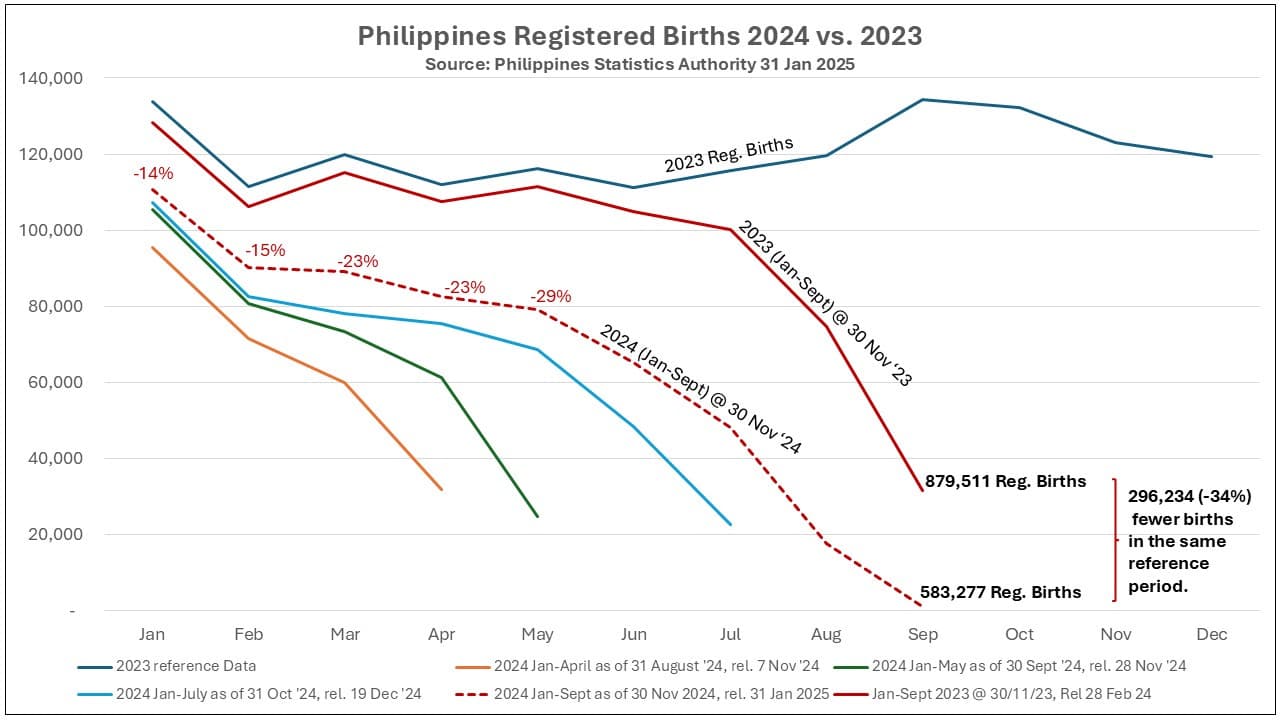In a striking demographic shift, Turkey"s total fertility rate (TFR) is projected to plunge to an alarming low of 1.34 children per woman in 2023, with an estimated 850,000 births expected this year. This decline is notable not only for its speed but also for its potential implications on Turkey"s socio-economic landscape, as it is anticipated that the country"s TFR will fall below that of Russia by 2025.
Background & Context
Turkey, a nation that has long been characterized by a relatively high birth rate, is witnessing a rapid demographic transformation. The decline in the number of children born to women aged 0-4 is particularly concerning, as it suggests deeper societal shifts. Factors contributing to this trend include urbanization, changing social norms, and economic pressures that discourage larger families.
This significant drop in fertility rates aligns with global patterns observed in several countries, including Brazil and Poland, where similar trends have emerged. As previously reported, such demographic changes pose challenges for economic growth and sustainability, raising questions about future workforce availability and social support systems.
Key Developments
Recent data from the Birth Gauge indicates that Turkey"s TFR is set to decline even further, with projections suggesting a continuing acceleration in the birth rate decline. Analysts, including demographers and sociologists, have expressed concern that this demographic trend could lead to severe economic ramifications, as a shrinking younger population may struggle to support an aging demographic.
Experts note that the implications of such a shift are profound. Adam van Buskirk, a demographic analyst, remarked on the situation, stating, “Countries of the Future like Turkey and Brazil are running out of demographic gas before the future ever comes.” This sentiment reflects fears that Turkey could face a demographic crisis, similar to those experienced in other nations that once boasted higher fertility rates.
Broader Impact
The decline in birth rates is not just a statistic; it carries significant implications for Turkey"s economy and social fabric. A lower TFR can lead to a reduced labor force in the coming decades, impacting productivity and economic growth. Moreover, the aging population could place additional strains on healthcare systems and pension schemes, which may already be under pressure.
Historically, countries that have experienced similar demographic shifts have often faced increased political and economic instability. The looming challenge for Turkey will be to adapt its policies to address these demographic realities. As highlighted in recent developments across the globe, nations must proactively manage their demographic transitions to mitigate potential crises.
What"s Next
Looking ahead, the Turkish government and policymakers face the urgent task of addressing the implications of this demographic decline. Strategies may include incentivizing higher birth rates through family-friendly policies or enhancing support for working families. Additionally, there may be discussions around immigration policies as a means to bolster the workforce.
As the situation develops, Turkey"s demographic trajectory will be closely monitored. The implications of a declining birth rate extend beyond mere numbers; they touch upon the very essence of societal structure and economic viability. Stakeholders from various sectors will need to collaborate to navigate the challenges posed by these demographic changes.



![[Video] At least 13 dead and 15 injured in Hong Kong's Wang Fuk Court fire](/_next/image?url=%2Fapi%2Fimage%2Fthumbnails%2Fthumbnail-1764162646074-5wakcr-thumbnail.jpg&w=3840&q=75)




